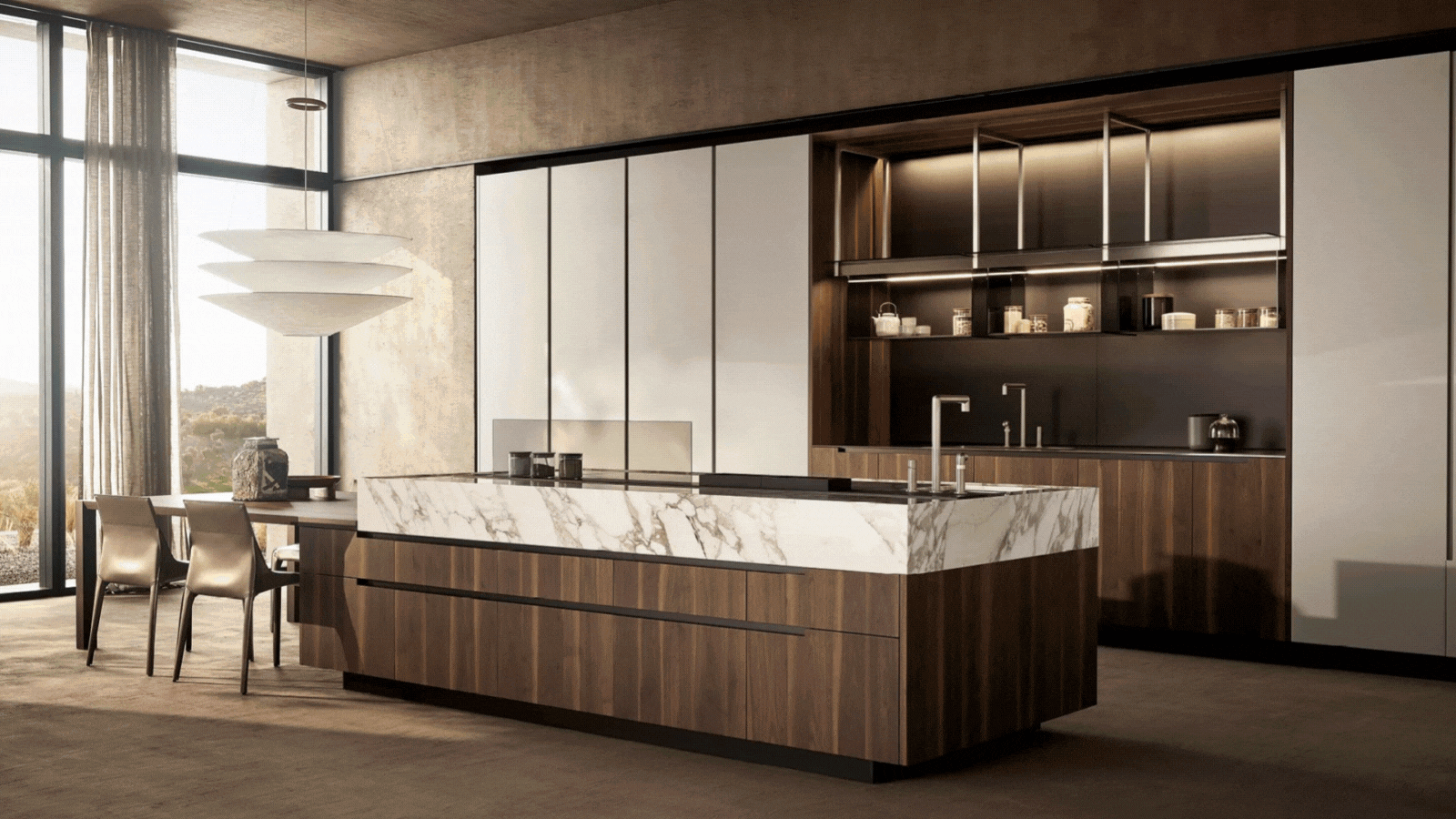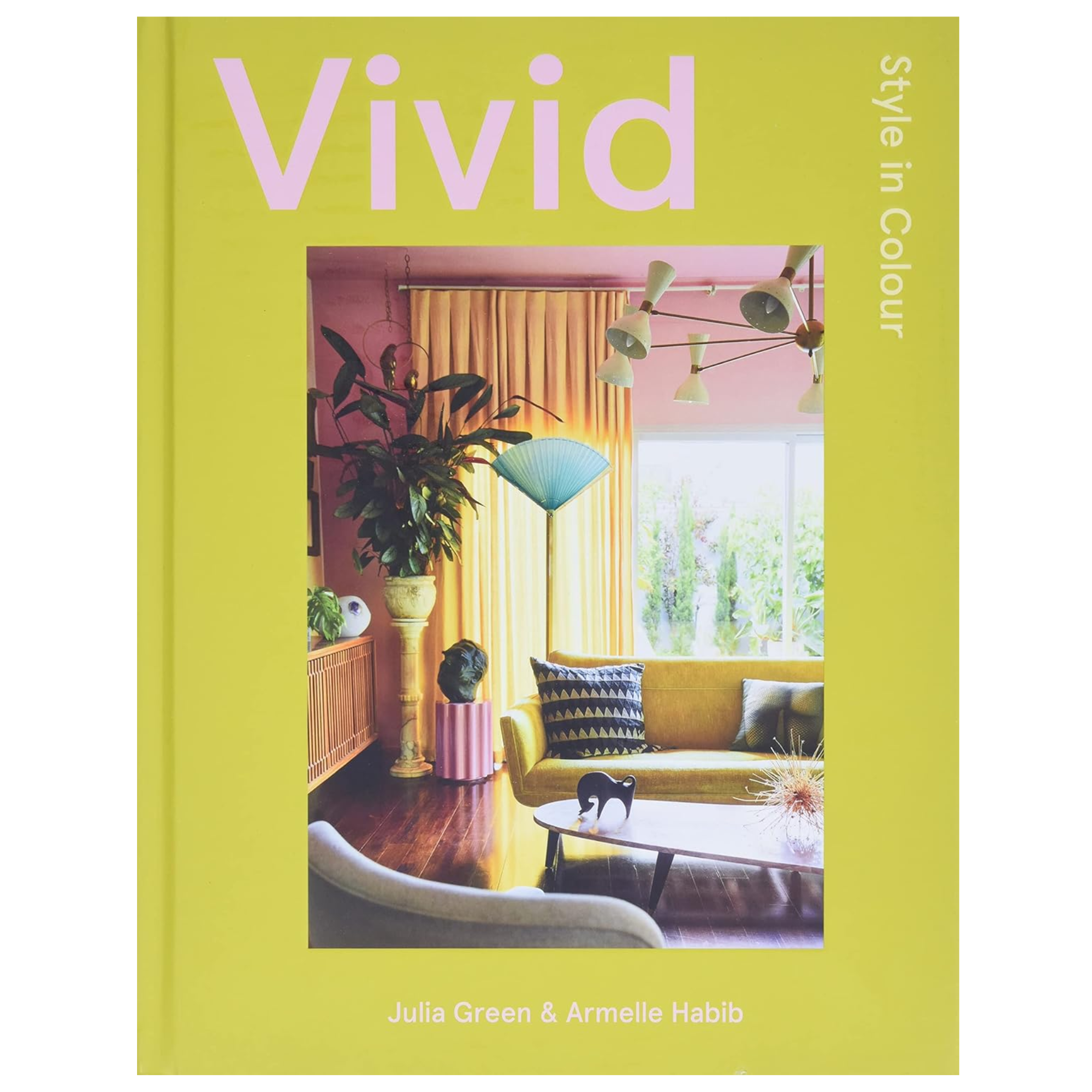Can You Use "Seasonal Color Analysis" in Interior Design? We Asked Experts to Decode This Popular Theory
The trending color theory is the secret sauce of fashion stylists, and it seems that certain facets could guide us when decorating our homes, too


If you haven't had a seasonal color analysis yet, where have you been? The trend may have only recently been popularized by Gen Z across social media, but it's been a well-kept secret of the fashion world and celebrities for decades. Put simply, the process involves examining a person's skin tone, eyes, and hair to find out which seasonal color palette suits them best, which got us thinking - could the same theory work for our homes?
Of course, the idea has its roots in fashion styling, but as do most trends that find their way into the design world. And where color theory is concerned, we're always keen to find out how we might apply the same ideas to our interiors. After all, who doesn't want to know the perfect color palette to make their home looks as beautiful as it can be?
If you've ever looked at your home and thought the shade you loved so much on the color swatch just doesn't look right on your walls, this ideology could be the answer. The natural light inside your room, the hues of your furniture, the tones on your flooring - it all plays a part in how you perceive the overall color scheme within. Keen to crack the code on decorating with color, we spoke to some experts to find out how we can apply season color analysis to our homes so you can go ahead with your next paint idea in full confidence. Here's what you need to know.
What is seasonal color analysis?

Before we dive into applying analysis to our interiors with all the latest color trends, some background is needed. What actually is 'seasonal color analysis', and how does it work? 'The main idea behind seasonal color analysis is that you should seek to harmonize with your natural characteristics,' explains Jenny Mahoney, an expert at Lily's Color Lab, a NYC based seasonal color analysis service.
'These characteristics include your undertone (whether you are cool vs. warm), chroma (your intensity of color, so whether bright, saturated, vivid colors look best on you or whether muted ones bring your natural beauty), and level of contrast (the difference in value levels - the range of light to dark - between your hair, skin, and eyes,' Jenny continues. 'We use precision-dyed drapes to hold close to a client's face to determine which characteristics look best in colors. For example, do warm colors make you look washed out? Do dark colors overwhelm you?'
If you've seen similar videos across TikTok or Instagram, you'll know what a dramatic effect this color theory can have on a person and the type of clothes they wear. We all know certain shades suit us better, so what's to say the same can't be applied to our homes? Emily Kantz, Color Marketing Manager at Sherwin-Williams, says it can. 'Depending on the interior finishes, where you live geographically, and your surrounding environment all plays a role on how color looks in your home along with colors that make you feel and look good too,' she says.
The 'seasonal' part relates to the different complementary palettes and how they appear when used together. 'We give the combinations of characteristics names of seasons - for example, Winter means dark, bright, cool colors look best on someone, and generally in high contrast combinations,' says Jenny. 'Your makeup, clothing, accessories, and hair colors should replicate these characteristics.' There are summer, spring, and autumn groups, too.
Can we apply color analysis to our interiors?

Applying the same theory to our homes might seem a bit 'wishy-washy', but there's a grain of truth to the idea. Besides the obvious factors of lighting and furniture color, for example, Emily notes that it's important to consider the role we have in our homes. 'If I’ve found that my seasonal color is autumn, I will gravitate towards more muted earthy shades for my wardrobe and will also take this into consideration when selecting colors for my interior,' she says.
'This would mean pulling in those cozy warm shades throughout my home in spaces that I want to feel comfortable and relaxed in, such as my family room, which would work great paired with our brick fireplace,' Emily continues. 'Or, if we look at summer colors that are cooler and lighter in value, they would be ideal to use in a living room for that easy-going vibe.'
Jenny reminds us that the same optical illusions underlying color analysis still apply when decorating with color. 'You can't simply mesh any colors together,' she explains. 'The eye naturally craves and detects cohesion and coherence. If you have a palette of warm colors and you throw in a cool color, the eye will notice that something doesn't harmonize and won't view this combination as pleasing to the eye.'
With this in mind, color analysis can prove seriously helpful in interior design, helping us to create coherent color palettes that marry a whole room. 'The colors in the Winter palette are dark, bright, cool colors, with some very light colors added in to reflect the level of contrast,' Jenny adds. 'So you can use a Winter color fan - or Summer color fan, or Spring color fan, or Autumn color fan - for a ready-made toolkit for what colors look good together.'
How Can You Style A Room With Seasonal Color Analysis in Mind?

Context behind us, the big question remains - how should we apply seasonal color analysis in practice when decorating our homes? As you might imagine, it all starts with taking a long, hard look at our surroundings.
'I would start by figuring out distinguishing features of the room,' Emily suggests. 'Does the room have wood tones? What types of lighting do you have in your home? You can almost treat some of these features as if they were being applied to someone looking at their own personal seasonal color palette for their wardrobe. Dark cooler wood tones, with cooler lighting? The ideal color palette might be within the winter color range, for example.'
Next, turn to your room's lighting - a factor that plays a huge role when choosing a color scheme for a living room, bedroom, or any space for that matter. 'What type of sun exposure does the room receive? North facing rooms are cooler, so the tendency might be to go to a warm color scheme or even bold palette,' Emily explains. 'West facing rooms get that brighter afternoon light as the sun progresses throughout the day, so it might be best to incorporate more cooler tones within those rooms.'
Finally, when it comes to taking the paint to your walls, be mindful of the standard procedures when you eventually decide to decorate. Even if the shades you're using are supposedly the perfect complementary tones on paper (that is, according to seasonal color analysis), don't bypass the standard paint tests. 'I would recommend ordering large color swatches or even ordering a Color to Go to apply the color to the walls of the room and analyze them throughout the day, to understand any potential color shifts that may occur due to natural or artificial light source,' instructs Emily.
With all this said, be sure to approach the idea with a pinch of salt before you add this popular theory to your arsenal of color rules. A color theory born from the world of fashion can't be transferred to our homes with ultimate ease, and it doesn't guarantee a completely cohesive home, especially without due care and attention. There's absolutely no harm in using it as a guiding principle while painting your home, though. Afterall, decorating with color should always combine an element of fun, expression, and experimentality!

Price: $120.49
Quantity: 1 Gallon
Be The First To Know
The Livingetc newsletters are your inside source for what’s shaping interiors now - and what’s next. Discover trend forecasts, smart style ideas, and curated shopping inspiration that brings design to life. Subscribe today and stay ahead of the curve.

Lilith Hudson is a freelance writer and regular contributor to Livingetc. She holds an MA in Magazine Journalism from City, University of London, and has written for various titles including Homes & Gardens, House Beautiful, Advnture, the Saturday Times Magazine, Evening Standard, DJ Mag, Metro, and The Simple Things Magazine.
Prior to going freelance, Lilith was the News and Trends Editor at Livingetc. It was a role that helped her develop a keen eye for spotting all the latest micro-trends, interior hacks, and viral decor must-haves you need in your home. With a constant ear to the ground on the design scene, she's ahead of the curve when it comes to the latest color that's sweeping interiors or the hot new style to decorate our homes.
-
 The Easiest Way to Turn Your Designer Scarf Into Wall Art — No Frame, No Fuss, No Regrets
The Easiest Way to Turn Your Designer Scarf Into Wall Art — No Frame, No Fuss, No RegretsBecause silk this pretty should never stay in a drawer
By Julia Demer Published
-
 Italian Kitchen Trends — 5 Emerging Ideas From the Chicest Italian Designers That I Predict Will Go Global in 2025
Italian Kitchen Trends — 5 Emerging Ideas From the Chicest Italian Designers That I Predict Will Go Global in 2025Fresh from Milan Design Week, these are the exciting finishes, styles, and innovative materials I can't wait to see in more kitchens this year
By Faiza Saqib Published

